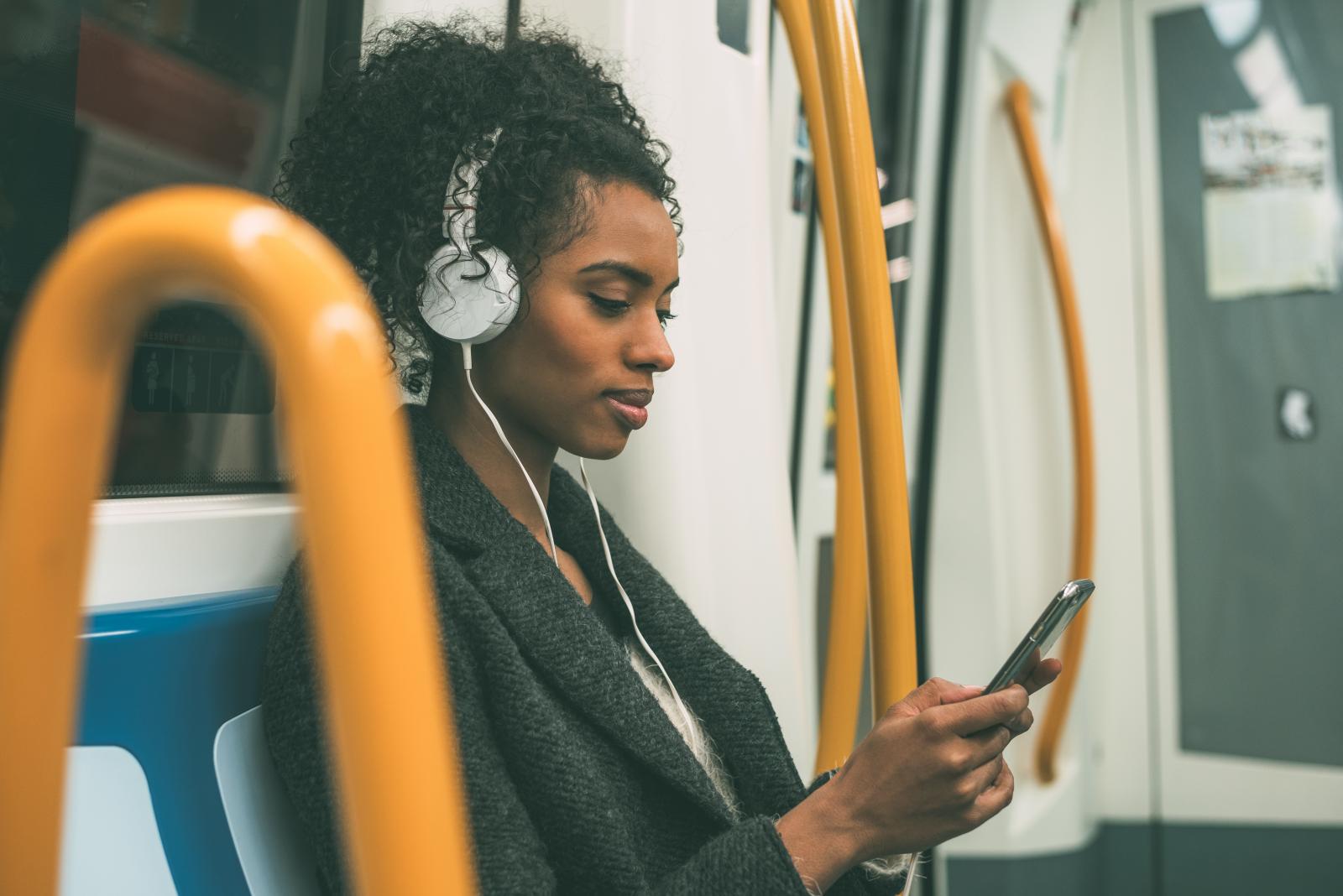Transport: Designing for different points of view

I recently read Anita Sethi’s ‘I Belong Here’, a wonderful book about race and belonging in modern Britain, exploring the urban and rural landscapes of Northern England and what it means to be a woman of colour in these spaces. And many of the feelings and experiences she described resonate with me as a woman of colour, currently living in Northern England, although I would say I have had those feelings and experiences throughout Britain.
But what does this have to do with urban transport? Well, the journey at the heart of ‘I Belong Here’ was catalysed by Anita’s own experience of being a victim of racist abuse on a train journey. She talks extensively in the book about her experiences of racism being denied by those around her, but it was positive to read how transport workers believed and supported her after she became a victim of a race hate crime. And it is by hearing these stories that we will recognise how we can address inequalities and support everyone to travel safely.
Coincidently, I have been involved in a new report co-authored by the Urban Transport Group and Arup called Equitable Future Mobility – Ensuring a just transition to net zero. The report talks about how new technologies have the potential to help decarbonise transport but that they must be applied in a way that does not marginalise some groups or reinforce existing inequalities. Both ‘I Belong Here’ and the report have made me reflect on who we design transport for, how safe people feel, how transport can support wellbeing by helping people to access opportunities (including access to nature), and how all of that relates to delivering on our goals to decarbonise transport.
Late last year I blogged about my belief that we need to explore and grapple with issues of personal safety on transport in order to enable people to travel in more sustainable ways. I was therefore really encouraged to see that last week, Transport Champions Laura Shoaf (our Chair) and Anne Shaw from Transport for West Midlands, published a series of recommendations for addressing violence against women and girls within the transport sector. These are listed below.
- Better national transport planning guidance on ways to make infrastructure safer with a clear, monitored reporting service for infrastructure damage or issues
- Improvements in the collection of gender disaggregated data
- Undertake a national communications initiative into tackling VAWGs, which is promoted nationally across our transport networks
- Deliver better, effective training across the transport industry to help manage incidents involving VAWGs
- Review current safeguarding practices and standardise Disclosure and Barring Service (DBS) checks for all front facing staff across the transport industry
- Encourage increased uptake of women working in the transport industry
- Embrace more use of technology to combat VAWGs
- Introduce Gender Responsive Budgets to support the delivery of gender equality infrastructure and policies
- Create a national, intelligence database which captures incident reporting from all transport modes and areas
- Develop a national education initiative in schools which educates young people on ways they can play a role in preventing VAWGs
- Target available resources and funding, including staffing and deployment of police forces in locations which will have the greatest impact on our transport networks
- Establish more Safer Travel Partnerships between operators and the police across our major cities
- Continue to raise awareness and make a positive impact through the tackling VAWG strategy
A number of these recommendations are reflected in the findings of our own report with Arup and are common themes that come up time and again when we talk about equity. They are the need for better representation of the diversity of communities that we serve, both in our workforce and in the data we collect about who travels, where, how and why. With proper representation, we have a better chance to ensure our transport networks are available, accessible, affordable and acceptable to all – the Four A’s which guide our work on transport and social inclusion.
What this all adds up to is the need to recognise the intersectional dimensions of people’s experiences. The stories that Anita tells in her book are those of a woman of colour. And it is important to understand the experiences of people with a range of protected characteristics and how those characteristics might interact and how they play out in transport settings.
As transport professionals, we need to learn from these experiences – whether a racist incident, an issue of personal safety, a mobility challenge for a disabled transport user, and so on.
Overall, I am heartened to see the attention that safety and social inclusion are gaining in the transport sector. We are at a moment of transition, as we seek to decarbonise our transport system in the coming decades. We need to ensure that this transition to net zero delivers on our wider goals of inclusion and fairness, and we need to make sure that the technologies we adopt in the transport sector also help us to meet these goals.
If you’re interested in exploring these topics further, we are holding a free online conversation on 29 March, 12-1pm, which will look at how new mobility can be part of the just transition to net zero transport. You can register here.
Clare Linton is Policy and Research Advisor at the Urban Transport Group

